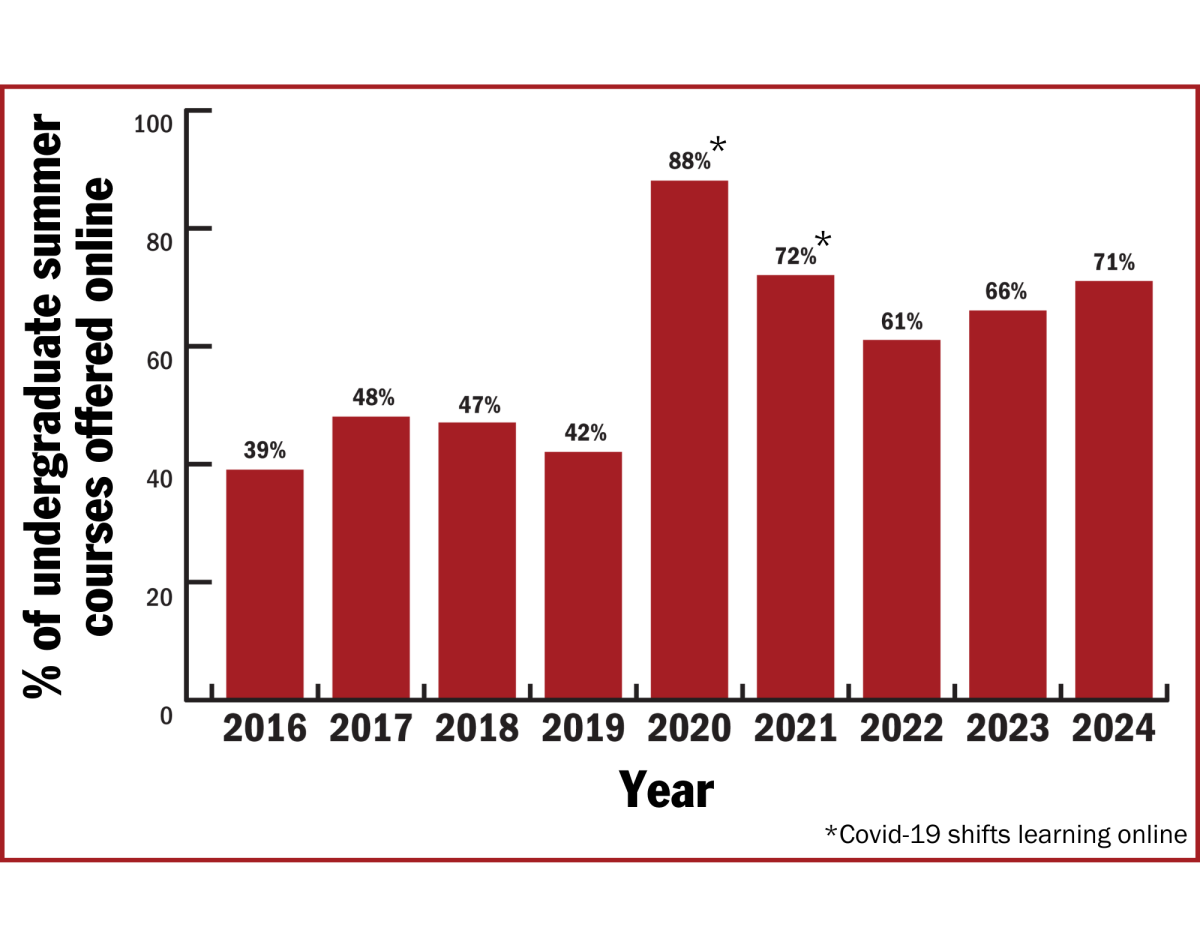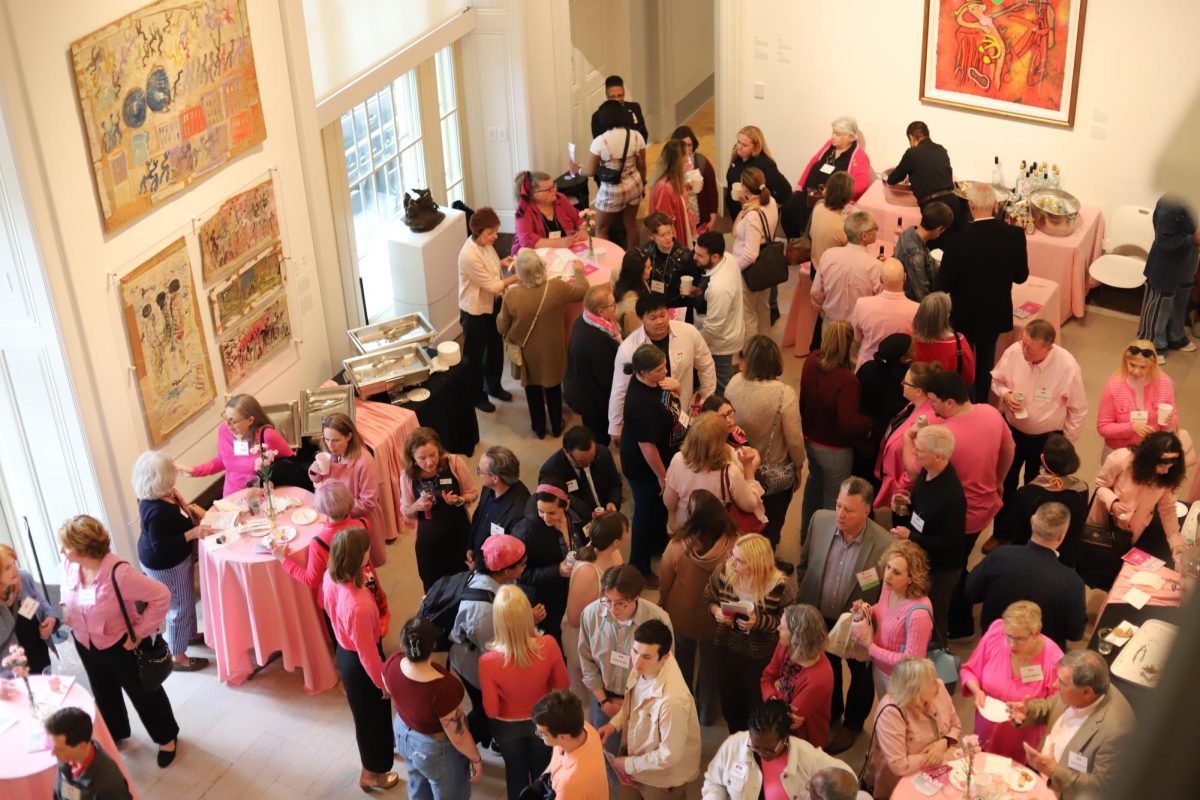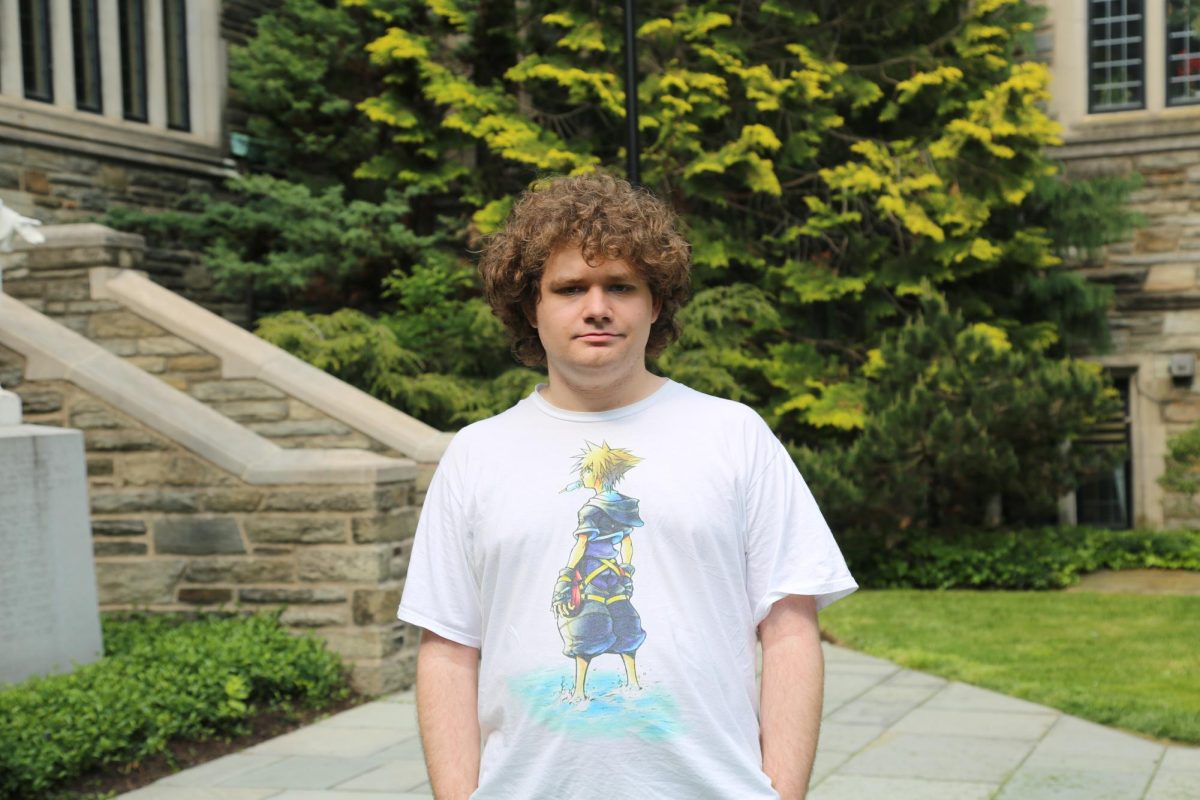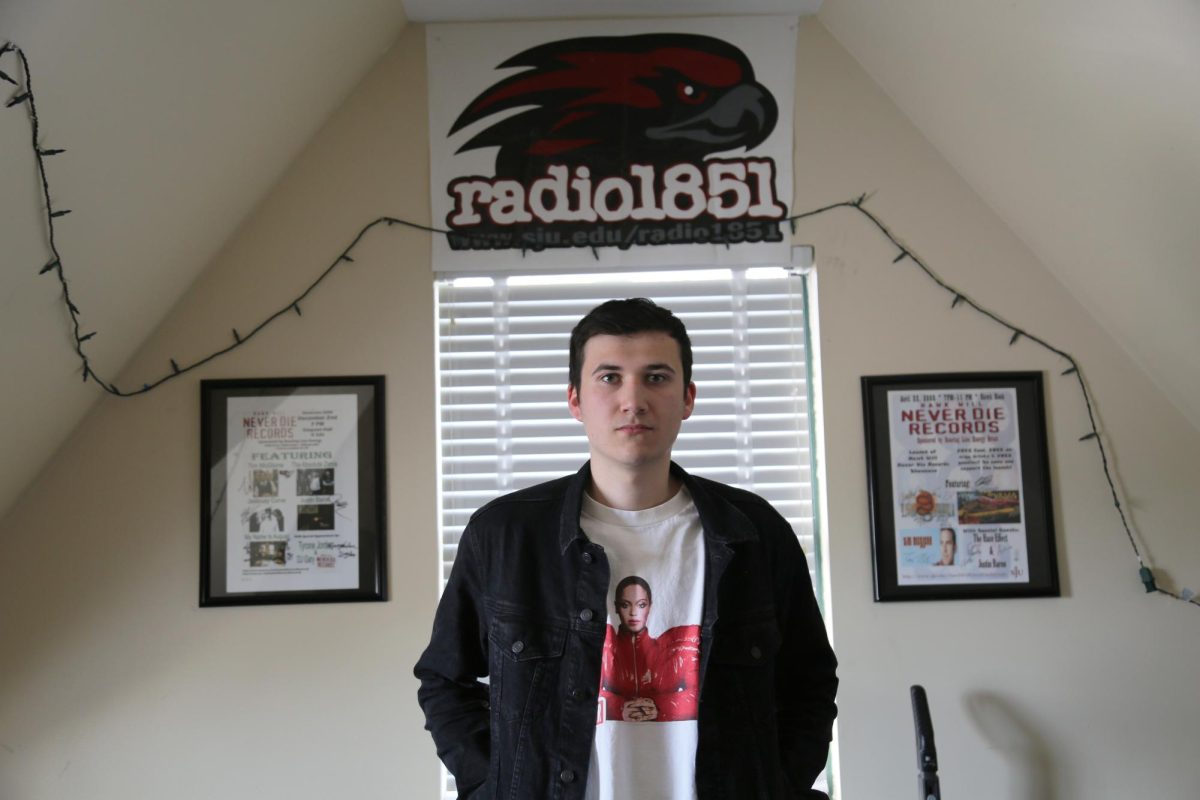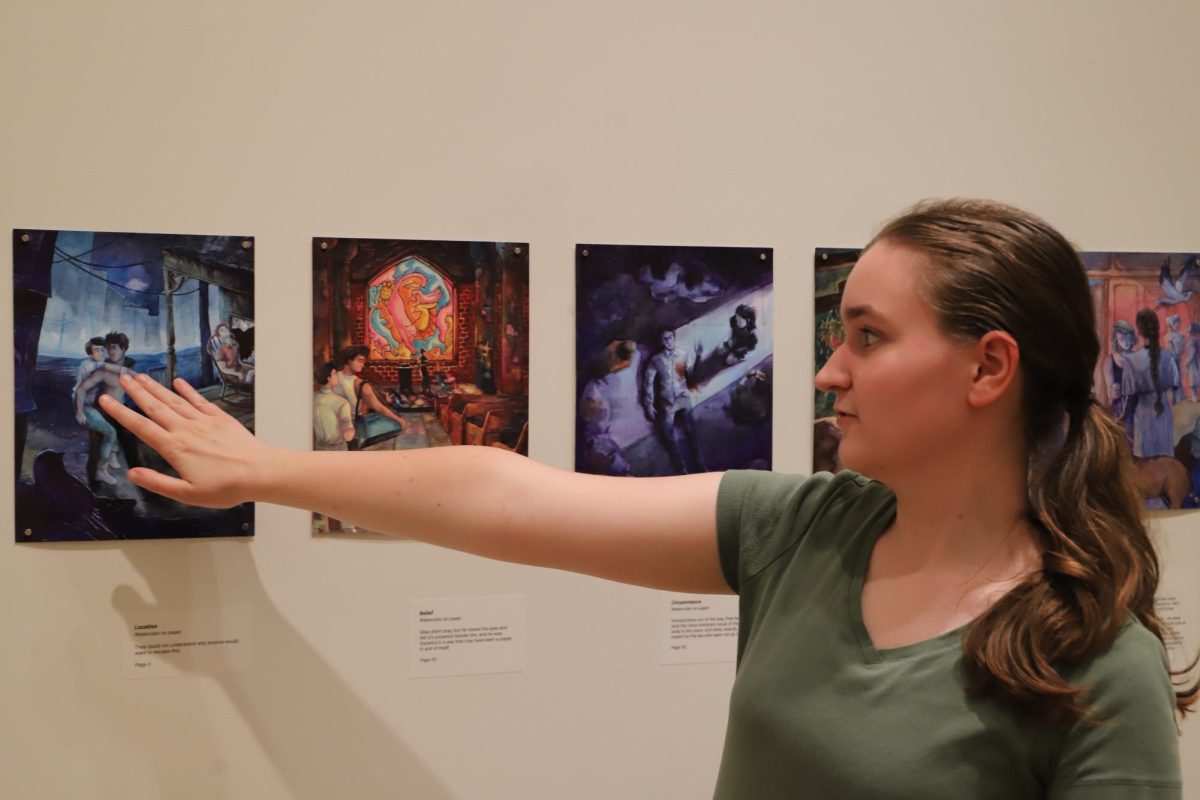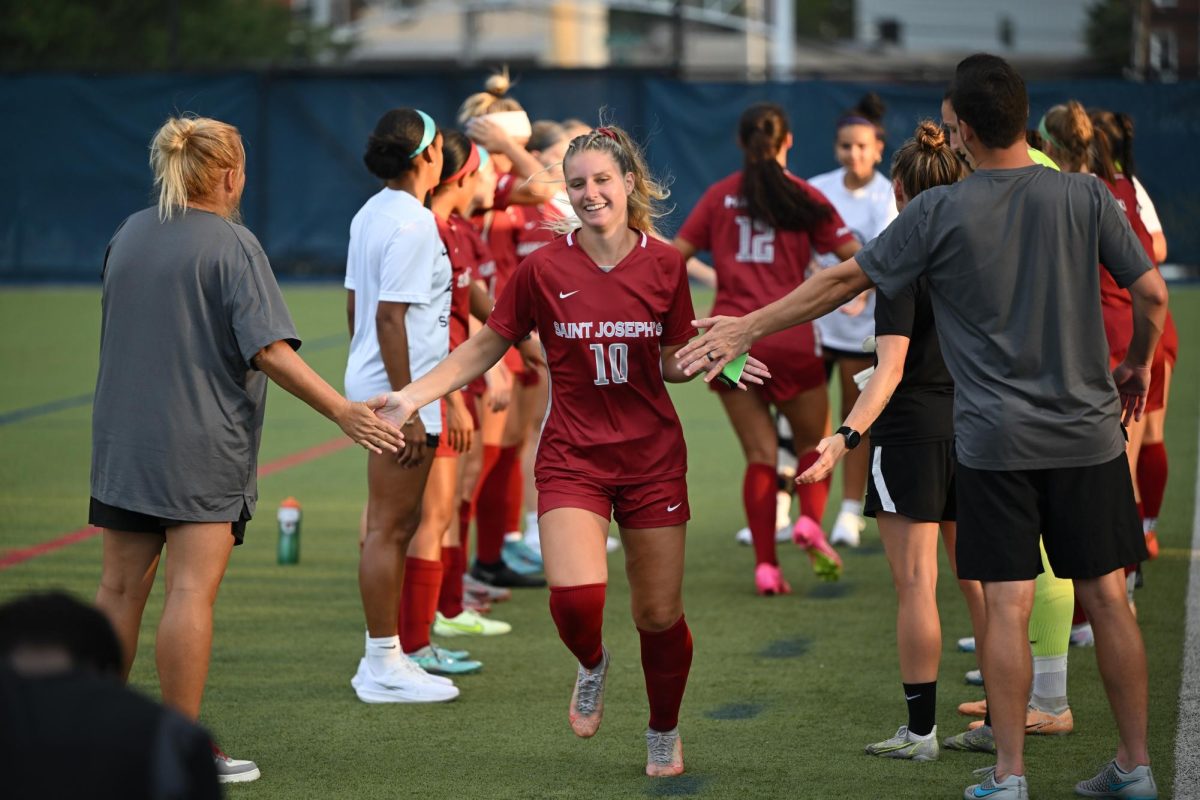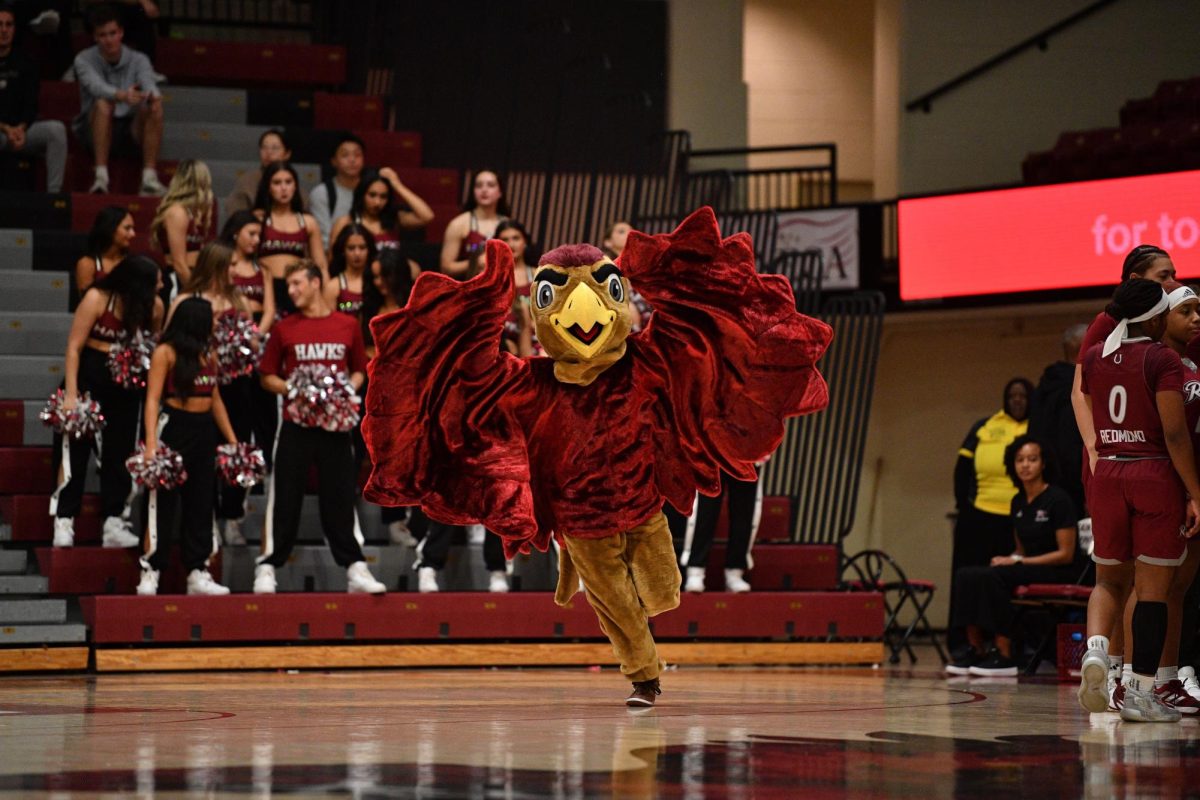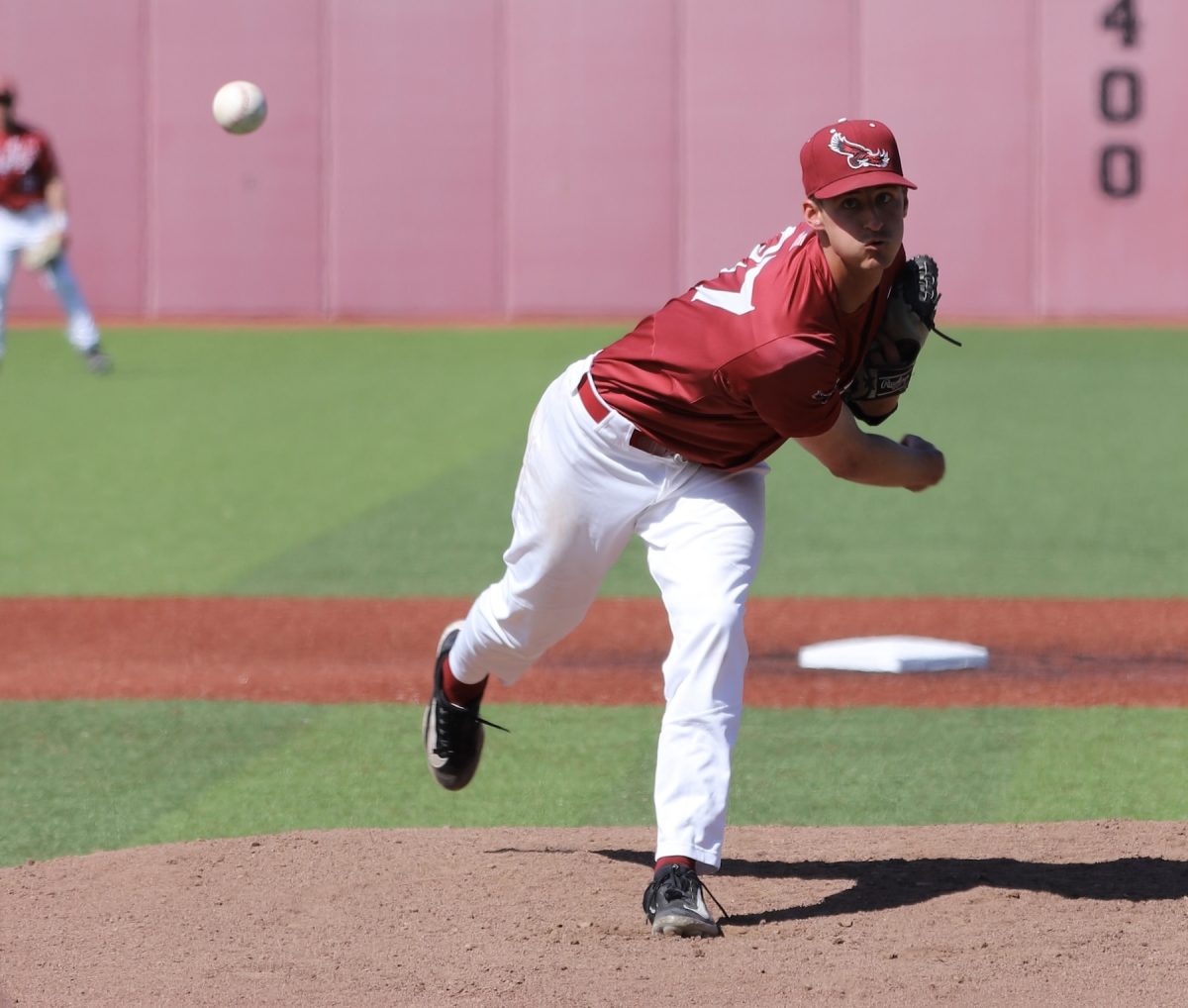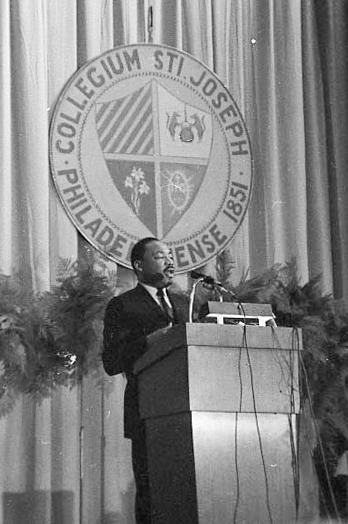Where do we go from here?
Civil rights leader and Nobel Peace Prize Laureate Martin Luther King Jr. came to Saint Joseph’s College on Oct. 26, 1967, at the instigation and invitation of a student-led speakers committee, to call for continued non-violent direct action to achieve racial integration and equality. King gave many speeches to school audiences. He believed that colleges were both incubators of ideas and seedbeds for social justice, and he made special efforts to recruit students, staff and faculty in the war against poverty and racism.
In 1967, too, King felt a special urgency in getting this message out, especially to young people, lest the energy for civil rights dissipate in internal arguments over means and ends and hope for a new day be lost. In his speech at St. Joe’s, he insisted on making honest, realistic assessments of the problems threatening to undo the “gains” of civil rights activism and legislation and to defeat the promise of a people integrated by common values of conscience and the rule of law. Such was his message to those gathered in the Alumni Memorial Fieldhouse on that October day.
But any understanding of that speech and our obligations to it requires context to appreciate the historical circumstances that informed King’s speech and the implications of such for us today. When King came to St. Joe’s, he was at once much admired by many Americans for his crusades for civil rights, but also suspect by others for wanting to go too fast and too far in pressing for social justice and equality, or for going too slow and not far enough to secure rights and gain black independence.
The Civil Rights Movement was fracturing along ideological, generational and even personal lines. Arguments for black separatism and militancy clashed with King’s philosophy of integration and theology of non-violent resistance. “Race riots” in Philadelphia, Los Angeles, Detroit, Newark and elsewhere revealed the frustrations and anger over a lack of jobs, poor housing, substandard schools, strained police-community relations and other persistent problems of racial discrimination.
The passage of the Civil Rights Act of 1964 and the Voting Rights Act of 1965 seemed incomplete, and for some even irrelevant, in the face of de facto segregation and denial of basic rights and respect. And for some, King seemed out of touch and out of step with the new facts of a world chanting “burn, baby, burn.”
At the same time, many white Americans who had supported civil rights legislation thought their work was done and it was time to move on to other things. Then, too, King broke with many civil rights leaders and President Lyndon Johnson when he spoke against America’s war in Vietnam as immoral and unwise, noting among other concerns that it was a war against poor people of color and was a drain on public money that otherwise could be directed to schools, job-training, health care and other social needs. Civil rights leaders worried that such criticism would distract from civil rights concerns at home and cost support from many Americans.
In fact, for that reason, King was not wholly welcome at St. Joe’s in 1967. The administration initially had balked at inviting him, and after his speech some students criticized him in The Hawk for his supposed “communist” sympathies. King did not know what people at St. Joe’s thought about him, but he did know that he had to speak loudly about the need not to give up on integration and not to give in to despair. All this was on King’s mind when he spoke at St. Joe’s.
In his speech, King did not retract or retreat from his convictions. And he did not equivocate. He insisted that “freedom now” meant being impatient and dissatisfied, even uncomfortable, with supposed gains when there was so much yet to do. It meant listening to and learning from people of color and in poverty and not preaching to them about what was good for them. It meant translating thought into action. It meant asking, as he did in his book just published in 1967, “Where Do We Go From Here?”
That question yet echoes today.

